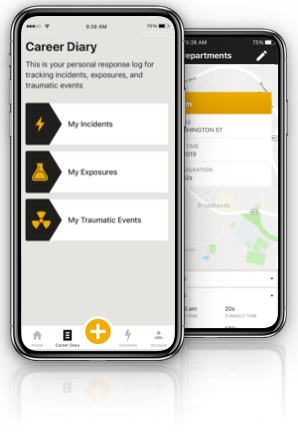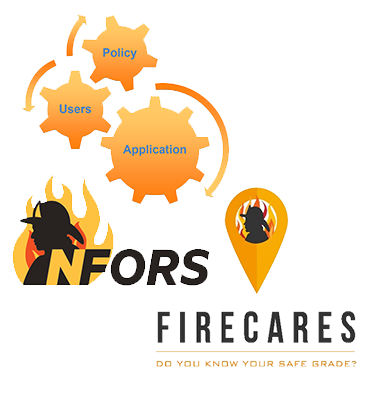NFORS Exposure Tracking Has Gone Mobile!
The new National Fire Operations Reporting System (NFORS) exposure tracking module is now available as an app from the Google Play store and the Apple App store. With the mobile app, any fire fighter, paramedic or officer can access and use the exposure tracker which serves as a personal database providing a detailed history of work and exposures in a private, encrypted and secure online environment.
Benefits of the mobile Exposure Tracker:
- Documents both physical and behavioral health exposures throughout your career
- Document exposures on-the-go from anywhere
- Your data stays with you even into retirement
- Track all of your incidents throughout your career with live NFORS CAD integrations in your department
- Be part of National Firefighter Cancer studies by opting-in to share your exposure data with researchers






